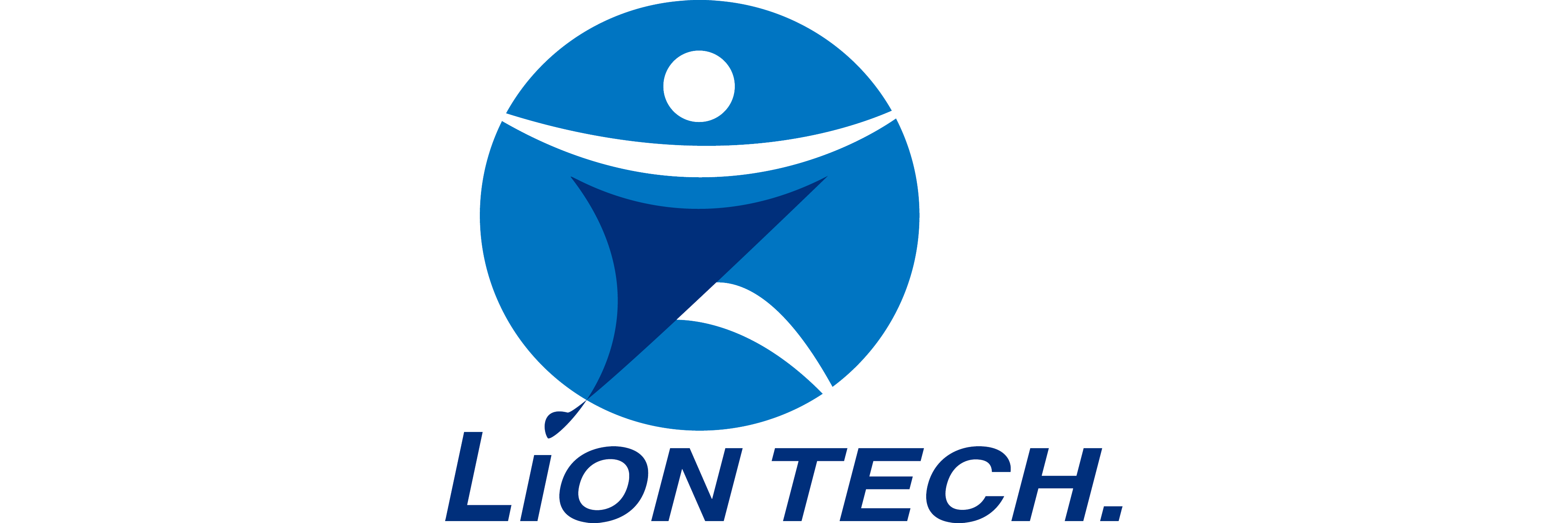The EU website adds REACH Appendix 17 Q&A to help answer industry questions
A new REACH Appendix 17 Q&A was added to the EU website to help answer industry questions. On June 7, 2017, the European Chemicals Agency announced that it would work with the European Commission on Annex XVII of the Registration, Evaluation, Authorization and Restriction of Chemicals Regulations (REACH Regulation). new guidance in a question-and-answer format. The purpose of restrictive measures is to protect human health and the environment from unacceptable risks arising from exposure to chemicals. Restrictions apply to substances existing on their own as well as in mixtures or articles, including substances that do not require registration. Merchants must note that these restrictions apply to both EU-made and imported goods. The guidelines are published in a question-and-answer format and are intended to assist relevant industries and also assist law enforcement agencies in implementing relevant restrictions in all member states. According to the Q&A content, multiple items in Annex XVII (items 5, 31, 43, 50, 51 and 52) are all related to toys. However, the "REACH Regulation" does not define the meaning of "toys". According to the European Union's Toy Safety Directive (Directive 2009/48/EC), a toy is defined as "a product designed or intended for use by children under 14 years of age in play (whether or not specifically intended for their use)." The "Directive" has provided a detailed list in Annex I, specifying what products do not fall into the category of toys (such as folk dolls and decorative dolls, or puzzles with more than 500 pieces). In addition, some products clearly listed as not belonging to the category of toys include toy cars equipped with internal combustion engines, toy steam engines, ejector and catapults.
